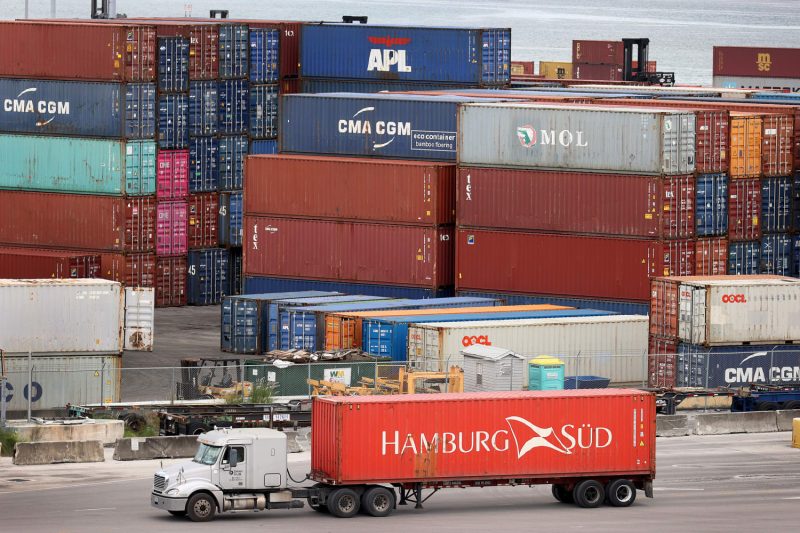
East Coast Dockworkers’ Strike Sparks Race to Move Billions in Cargo for Retailers
Retailers Scramble to Move Billions in Cargo as East Coast Dockworkers Prepare to Strike
The looming threat of a strike by East Coast dockworkers has sent shockwaves through the retail industry, prompting retailers to frantically work on relocating billions of dollars in cargo to avoid potential disruptions to supply chains. The dispute between the International Longshoremen’s Association (ILA) and the United States Maritime Alliance (USMX) has escalated in recent weeks, heightening concerns among businesses relying on the efficient transport of goods through East Coast ports.
The ILA has demanded significant pay raises and expanded benefits for its members, arguing that their labor and expertise are essential for the smooth operation of these crucial ports. However, the USMX has raised concerns about the financial implications of meeting these demands, pointing to the challenges posed by rising operating costs and competitive pressures in the shipping industry.
Retailers, who depend on the timely delivery of products to meet consumer demand, are now faced with the daunting task of devising contingency plans to mitigate the potential impact of a dockworker strike. With billions of dollars’ worth of goods at stake, companies are exploring alternative transportation routes, rerouting shipments to different ports, and accelerating deliveries to warehouses in anticipation of any disruptions that may occur.
The possibility of a strike comes at a particularly challenging time for retailers, as they are already grappling with supply chain disruptions caused by the ongoing COVID-19 pandemic. Delays in transportation, shortages of raw materials, and other logistical hurdles have strained many businesses, making them more vulnerable to any additional disruptions that may arise from labor disputes.
The potential consequences of a dockworker strike extend beyond the retail sector, impacting a wide range of industries that rely on the efficient movement of goods through East Coast ports. Manufacturers, wholesalers, and logistics companies are all closely monitoring the situation, bracing themselves for the potential disruptions that could reverberate throughout the supply chain.
As negotiations between the ILA and the USMX continue, retailers are anxiously watching the developments, hoping for a swift resolution that will avert a strike and safeguard their operations. In the meantime, they remain on high alert, ready to implement contingency plans and adapt to any challenges that may arise in the coming days.
In conclusion, the threat of a dockworker strike on the East Coast has thrust retailers into a state of urgency, prompting them to take proactive measures to protect their supply chains and ensure the uninterrupted flow of goods to consumers. The outcome of the negotiations between the ILA and the USMX will have far-reaching implications for the retail industry and the broader economy, underscoring the critical role that labor relations play in shaping the business landscape. As retailers scramble to move billions in cargo and brace for potential disruptions, the need for swift resolution and effective contingency planning has never been more pressing.
